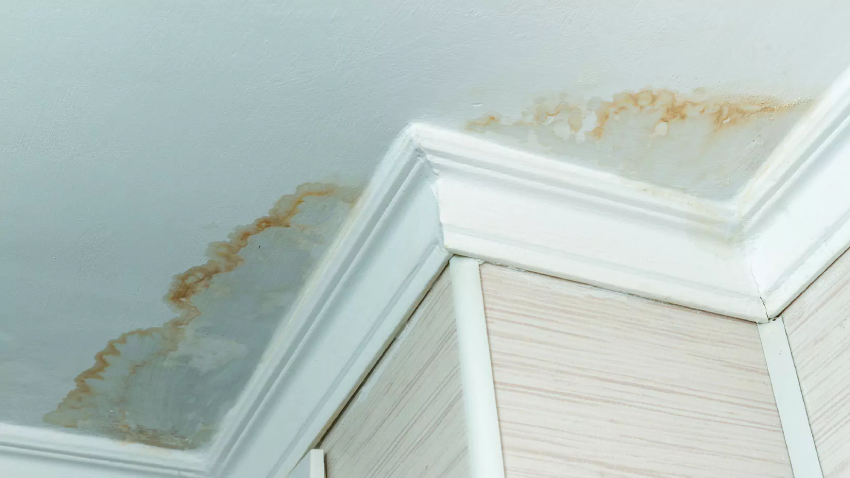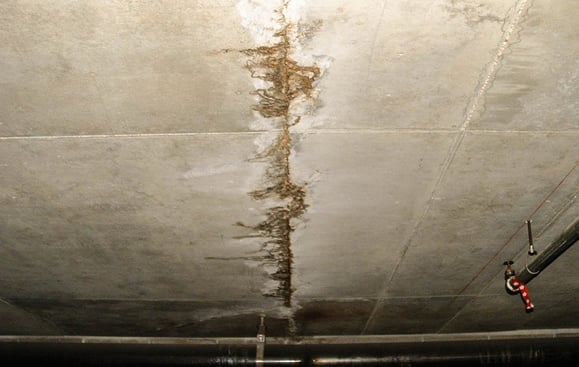24/7 Emergency Water Damage Restoration Services for Urgent Needs
24/7 Emergency Water Damage Restoration Services for Urgent Needs
Blog Article
The Process of Water Damages Cleanup: Ensuring Your Home Is Restored Successfully
Water damage can be a complicated difficulty for house owners, demanding a meticulous and structured clean-up process to bring back safety and security and functionality. damage restoration services. Following this, efficient water extraction methods play an essential role in minimizing additional damage.
Assessing the Damages
Upon uncovering water damage, the primary step is to extensively evaluate the degree of the impact. This first evaluation is important, as it aids determine the essential steps for efficient cleaning and restoration. Begin by examining the affected areas, consisting of walls, ceilings, floors, and personal possessions, to recognize the source of the water breach, whether from flooding, leaks, or condensation.
Documenting the damage is crucial for both insurance cases and planning restoration efforts - damage restoration services. Use pictures and written notes to catch the seriousness of the damages, noting any afflicted architectural aspects and materials. Pay special attention to locations that may not be immediately noticeable, such as behind wall surfaces and under rugs, as hidden wetness can lead to more issues, including mold development
In addition, examine the timeline of the water exposure. The longer the materials continue to be damp, the better the potential for damage. Recognizing the period of exposure will certainly notify the urgency of remediation initiatives. Ultimately, a thorough analysis lays the groundwork for an effective water damages cleaning process, ensuring that all influenced locations are attended to successfully and thoroughly.
Water Extraction Methods

Professionals generally utilize completely submersible pumps for bigger quantities of water, which can swiftly relieve flooding in cellars or various other influenced locations. For smaller sized amounts, wet/dry vacuum cleaners are usually made use of to remove residual wetness from rugs and difficult surfaces. Additionally, using portable extractors enables targeted removal in confined rooms or locations with fragile products.
In instances of contaminated water, such as sewage or floodwater, progressed removal methods may involve the use of biohazard tools to make certain safety and security and conformity with health and wellness policies. High-powered removal devices are critical in decreasing water retention in architectural materials, which can lead to mold and mildew growth and structural deterioration otherwise attended to quickly.
Ultimately, the performance of water removal methods plays a crucial role in the overall success of the water damages clean-up process, laying the foundation for succeeding remediation initiatives.
Drying and Dehumidification
When standing water has been properly drawn out, the next essential stage in the water damage clean-up process is drying out and dehumidification. This step is vital to avoid further damages and mold and mildew growth, which can take place within 24 to two days in damp atmospheres.
To achieve reliable drying, specific equipment such as industrial-grade air moving companies and dehumidifiers is employed. Air moving companies flow air across damp surfaces, improving evaporation rates, while dehumidifiers reduce moisture degrees in the air, advertising a conducive atmosphere for drying out. The combination of these tools makes certain that wetness is attracted out from floorings, walls, and home furnishings, allowing them to dry completely.
It is essential to keep track of the drying out procedure closely. Experts often use wetness meters to analyze the dampness content in different products, making certain that all impacted areas reach appropriate dryness levels. This meticulous strategy assists to avoid hidden dampness pockets that get more could lead to structural damages or undesirable mold and mildew development.
:max_bytes(150000):strip_icc()/GettyImages-1499353990-49a5c958582445b0a55dbceda3a9097d.jpg)
Cleansing and Sanitizing
After the drying and dehumidification phase is complete, the next crucial action in water damage cleaning is cleaning up and sanitizing the influenced areas. This process is essential to stop the development of mold, germs, and other microorganisms that grow in wet atmospheres.
The cleaning phase commonly involves getting rid of any type of particles, dirt, and contaminants from surface areas making use of specialized cleaning agents. For tough surfaces, a mix of soap and water or business cleaning items is typically employed. Soft products, such try this as upholstery and carpets, may call for a lot more substantial cleaning approaches, consisting of steam cleansing or deep extraction techniques, to make certain complete cleanliness.

Sanitizing adheres to cleaning, making use of EPA-approved disinfectants to remove hazardous microbes. This step is crucial, especially in locations that may have entered into contact with floodwaters or sewer, as these sources can present serious health and wellness risks.
Furthermore, it is very important to deal with any kind of remaining odors, which might require the use of smell neutralizers or advanced methods like ozone treatment. Proper cleansing and sanitizing not only recover the safety and hygiene of your home however additionally prepared for successful reconstruction and repairs in subsequent phases of the water damages cleanup process.
Repair and Fixings

As soon as the assessment is complete, repair initiatives can start. Furthermore, flooring might need comparable attention, depending on the degree of water direct exposure.
It is vital to involve knowledgeable repair professionals throughout this procedure, as they possess the knowledge to deal with intricate repairs efficiently. They go can help alleviate possible future concerns, such as mold and mildew development or architectural instability, hence making sure a secure and habitable living setting. Ultimately, reliable remediation and repair services bring back the home's integrity and improve its overall value.
Conclusion
Finally, the procedure of water damage cleanup is important for recovering a home to its pre-damage problem. Each phase, from evaluating the damage to applying reliable water extraction techniques, followed by detailed drying, sanitizing, and required fixings, plays an important duty in ensuring safety and security and conformity with structure standards. Efficient implementation of these steps not only minimizes instant damages yet additionally boosts the long-term integrity and value of the building.
Water damage can be a challenging challenge for homeowners, necessitating a meticulous and organized cleanup procedure to bring back security and functionality. Inevitably, a detailed evaluation lays the groundwork for an effective water damage cleanup procedure, guaranteeing that all affected locations are attended to efficiently and extensively.
Efficient water extraction strategies are vital in mitigating damages and avoiding further issues following a water breach event.In verdict, the procedure of water damage clean-up is important for bring back a home to its pre-damage condition. Each stage, from evaluating the damages to carrying out efficient water removal strategies, complied with by extensive drying, disinfecting, and essential fixings, plays a crucial role in guaranteeing safety and security and compliance with structure standards.
Report this page